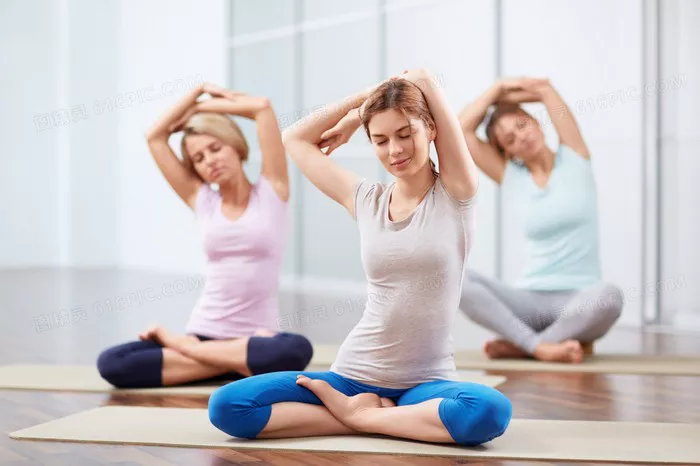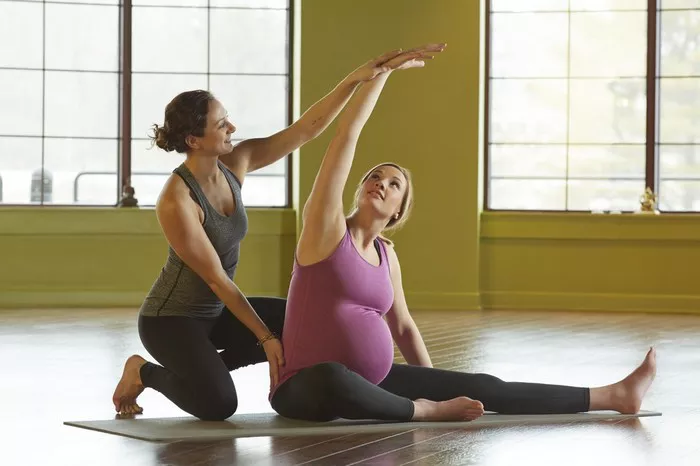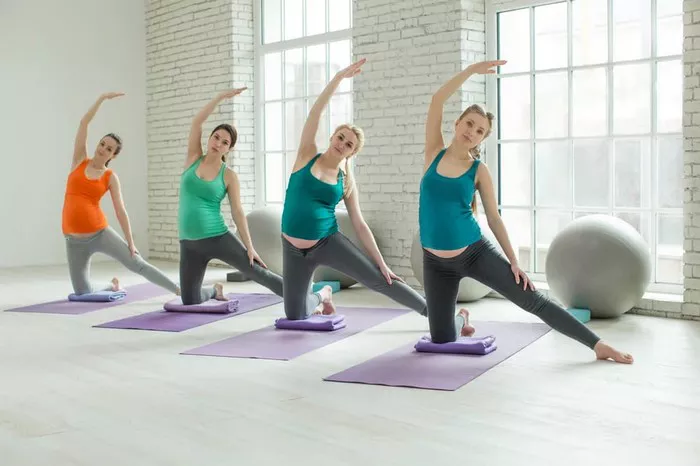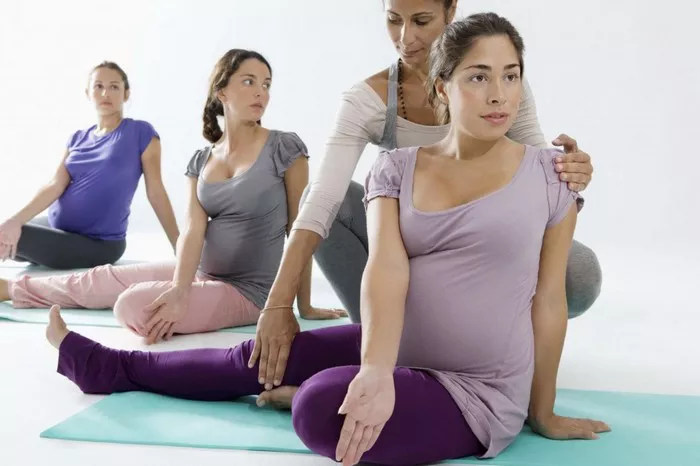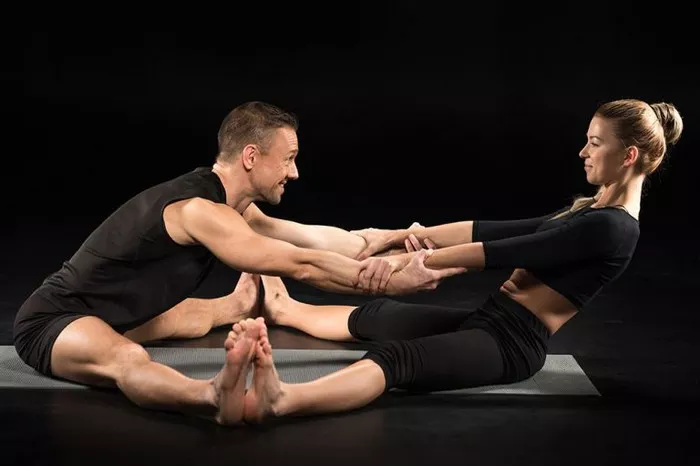Yoga is often praised for its ability to improve flexibility, reduce stress, and provide mental clarity. But when it comes to the question, “Can you be fit just doing yoga?” the answer is more nuanced than a simple yes or no. Fitness is a multifaceted concept that encompasses cardiovascular health, strength, flexibility, endurance, and mental well-being. Yoga has the potential to improve many of these components, but whether it alone is enough to achieve complete fitness depends on the individual’s goals, the style of yoga practiced, and how yoga is integrated into an overall lifestyle.
This article will explore the benefits and limitations of yoga in terms of fitness, as well as how to make the most of your yoga practice to support your health and wellness journey.
The Core Components of Fitness
To understand if yoga can provide a complete fitness solution, it’s essential to first examine the core components of fitness:
Cardiovascular Health: This refers to the health of the heart and lungs, which can be improved by exercises that elevate the heart rate for sustained periods. Activities like running, cycling, and swimming are typically recognized for their cardiovascular benefits.
Strength: Strength encompasses the muscles’ ability to exert force, whether for lifting, holding, or pushing. Strength training involves exercises like weightlifting, resistance band work, and bodyweight exercises like squats and push-ups.
Flexibility: Flexibility is the range of motion in the joints and muscles. Yoga is well known for improving flexibility, especially in the hips, hamstrings, back, and shoulders.
Endurance: Endurance refers to the ability to sustain physical activity over time. It involves both muscular endurance (how long muscles can perform a task) and cardiovascular endurance (how long the heart and lungs can keep working efficiently).
Mental Well-being: Fitness isn’t just physical—it also involves mental health. Yoga has long been associated with stress relief, relaxation, and improved mood, thanks to its combination of physical movement and mindfulness techniques like meditation and breath control.
Yoga and Its Role in Fitness
Yoga, as a holistic practice, incorporates breathwork, movement, and meditation. Depending on the type of yoga you practice, it can influence various aspects of fitness in different ways. Let’s look at how yoga impacts each component:
1. Cardiovascular Health and Yoga
Most forms of traditional yoga, such as Hatha and Iyengar, tend to focus on controlled postures and breathing, which may not always elevate the heart rate sufficiently to improve cardiovascular health. However, there are more dynamic forms of yoga, such as Vinyasa and Ashtanga, that include continuous movement from one posture to another, potentially providing a cardiovascular workout. These types of yoga flow sequences can increase heart rate, providing some cardiovascular benefits.
Moreover, practices like Power Yoga or Hot Yoga (Bikram Yoga) are specifically designed to be more physically challenging and can increase heart rate to levels that support cardiovascular fitness. In these practices, the combination of strength, endurance, and heat (in the case of Bikram) can make for a more heart-pumping session.
However, if improving cardiovascular endurance is your primary goal, yoga alone may not be enough. For substantial cardiovascular conditioning, activities such as running, cycling, or swimming are typically more effective.
2. Strength and Yoga
Yoga is renowned for its ability to build strength, especially in the core, arms, legs, and back. Vinyasa and Power Yoga are particularly effective at building strength because they require the practitioner to hold postures for an extended period of time and engage various muscle groups. For example, poses like Plank, Chaturanga, Downward Dog, and Warrior engage the upper body, core, and legs, promoting muscular endurance and strength.
While yoga can help build a strong foundation of functional strength, it may not be enough for someone who is aiming for high levels of muscle mass or significant strength gains, such as those seen in bodybuilding or powerlifting. If building significant muscle size or power is the goal, it’s essential to supplement yoga with targeted weight training exercises.
3. Flexibility and Yoga
When it comes to flexibility, yoga is unmatched. The practice is inherently designed to increase the range of motion in the joints and muscles, helping to lengthen and stretch the body. Over time, yoga can greatly improve flexibility, particularly in areas that often become tight, such as the hamstrings, hips, back, and shoulders. In fact, many people start yoga primarily to improve their flexibility and experience noticeable gains in this area within just a few months.
A consistent yoga practice is also highly beneficial for maintaining flexibility as we age. Increased flexibility can lead to better posture, reduced risk of injury, and improved mobility.
4. Endurance and Yoga
Yoga practices that involve holding postures for long periods of time or engaging in vigorous flow sequences can improve muscular endurance. Certain postures, such as Warrior II, Chair Pose, and Tree Pose, require the practitioner to engage muscles for extended periods, helping to build endurance in specific muscle groups.
While yoga can certainly enhance endurance, especially in the core and legs, it may not provide the same level of aerobic endurance benefits as activities like running or cycling, which engage large muscle groups and elevate heart rate for sustained periods of time.
5. Mental Well-being and Yoga
One of the standout benefits of yoga is its impact on mental health. Through its emphasis on mindfulness, breath control, and meditation, yoga has been shown to reduce stress, anxiety, and depression. Regular practice can foster a sense of inner peace, helping practitioners manage the pressures of daily life more effectively.
The meditative aspect of yoga is integral to its overall benefits. Practicing mindfulness and learning how to control breath can help create a mental state of calm, which supports emotional regulation and promotes resilience in the face of stress.
Can Yoga Alone Provide Full Fitness?
Given its emphasis on flexibility, strength, mental well-being, and some cardiovascular benefits, yoga can certainly play an essential role in improving overall health and fitness. However, whether it can provide full fitness depends on the individual’s specific goals.
For general fitness, yoga can be highly effective. It can help improve strength, flexibility, endurance, and mental clarity, making it a well-rounded practice for overall well-being.
For weight loss, yoga can be a helpful addition to a fitness regimen but may not provide enough intensity on its own to burn a significant number of calories, especially if you’re practicing slower styles like Hatha or Iyengar. In such cases, pairing yoga with a diet plan or more intense cardiovascular exercise may be beneficial.
For muscle gain, yoga can help build functional strength but may not provide the progressive overload necessary to stimulate significant muscle growth. Weight training or resistance exercises would be more effective for building muscle mass.
For cardiovascular fitness, while some forms of yoga can provide a moderate workout, yoga is generally not enough on its own to achieve the same cardiovascular benefits as running, swimming, or cycling.
How to Maximize Fitness Through Yoga
To make the most of your yoga practice and create a balanced fitness routine, consider the following tips:
Incorporate Dynamic Yoga: Choose more physically demanding forms of yoga, such as Vinyasa, Ashtanga, or Power Yoga, to get a good mix of strength, flexibility, and cardiovascular benefits.
Complement Yoga with Other Activities: If your goal is to improve cardiovascular health or muscle strength, complement yoga with activities such as running, cycling, or strength training. These activities can enhance areas that yoga alone may not fully address.
Practice Consistently: Like any fitness program, consistency is key. To see significant results, commit to practicing yoga regularly—at least three to four times a week.
Focus on Breathwork: Make sure to include pranayama (breathwork) techniques in your practice, as these can enhance mental clarity, reduce stress, and support physical performance.
Balance Your Routine: Incorporate a variety of postures that target different muscle groups, and don’t forget restorative poses to balance out the intensity with relaxation and recovery.
Conclusion
In conclusion, yoga is an incredibly valuable tool for improving flexibility, strength, endurance, and mental well-being. It can certainly form the foundation of a healthy and fit lifestyle. However, for those seeking to improve cardiovascular health, gain muscle mass, or achieve specific fitness goals like weight loss or high-endurance sports performance, yoga should be complemented with other forms of exercise.
Ultimately, whether yoga can provide complete fitness depends on your personal fitness goals. For many people, a combination of yoga and other forms of exercise offers the best of both worlds, allowing them to achieve balanced, functional fitness while enjoying the mental and physical benefits of yoga. So, yes, yoga can contribute significantly to your fitness, but it is most effective when incorporated into a holistic approach to health.
Related Topics:

